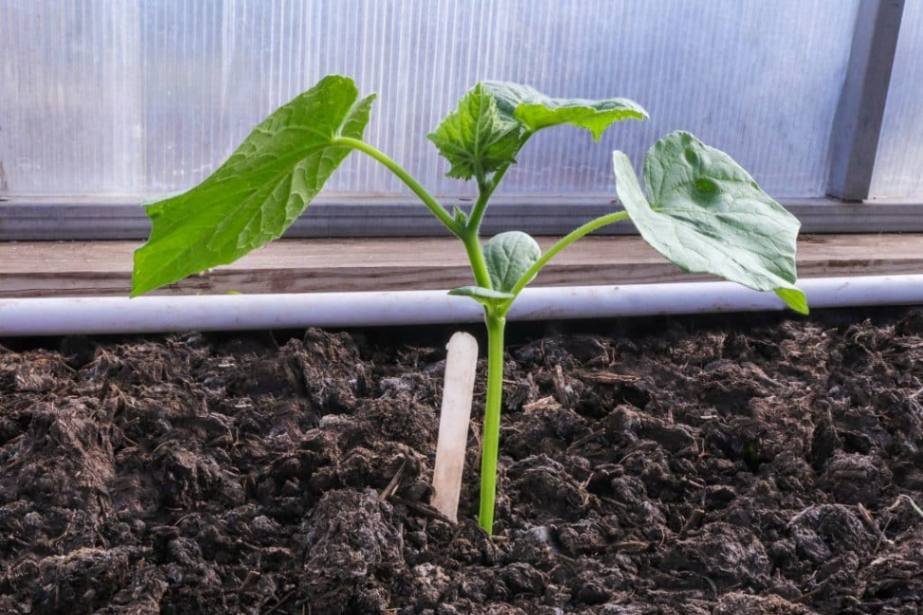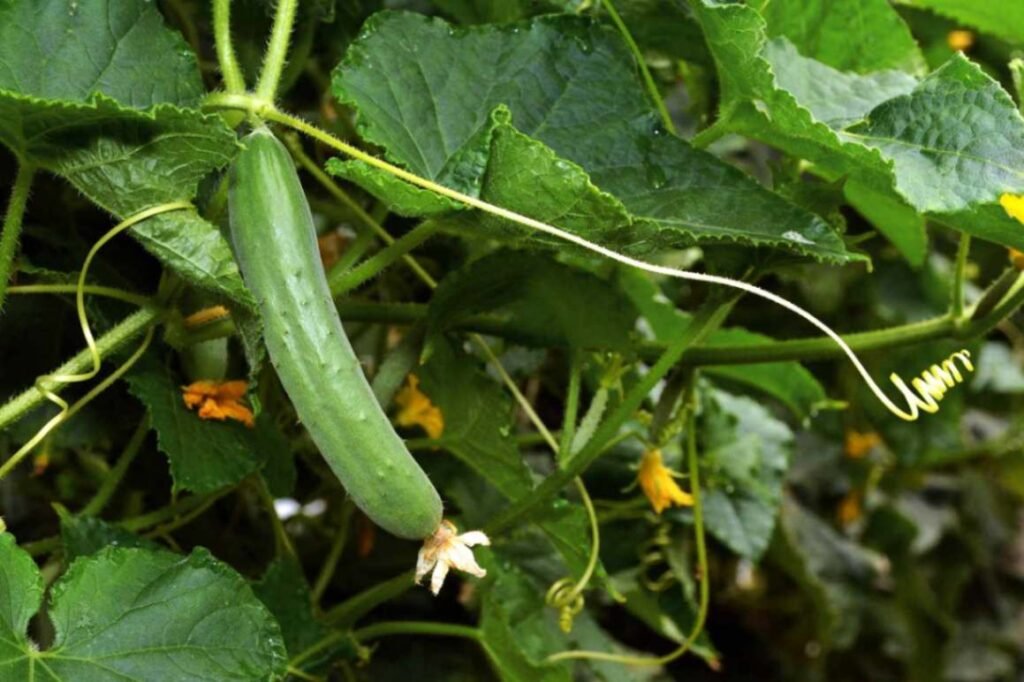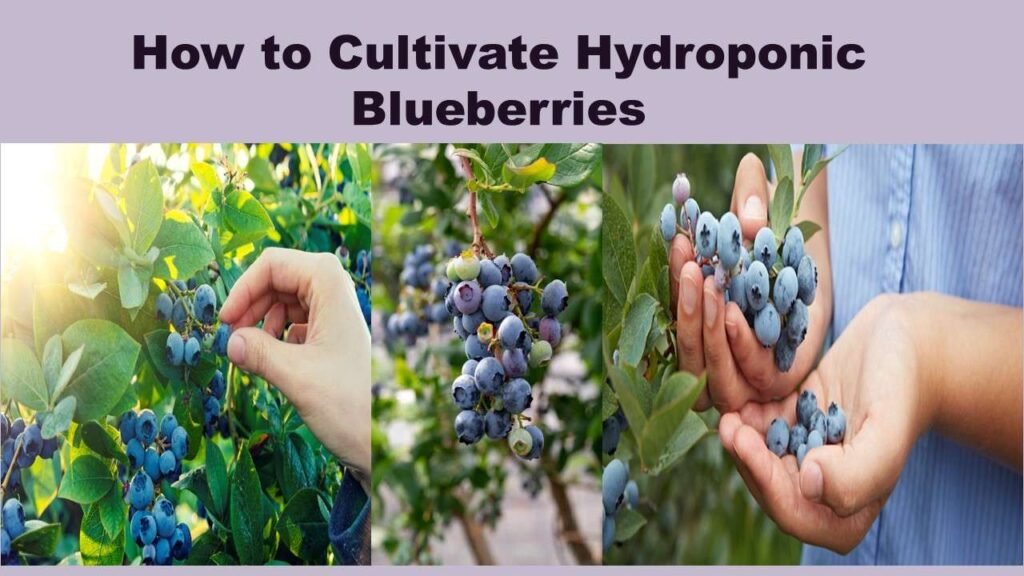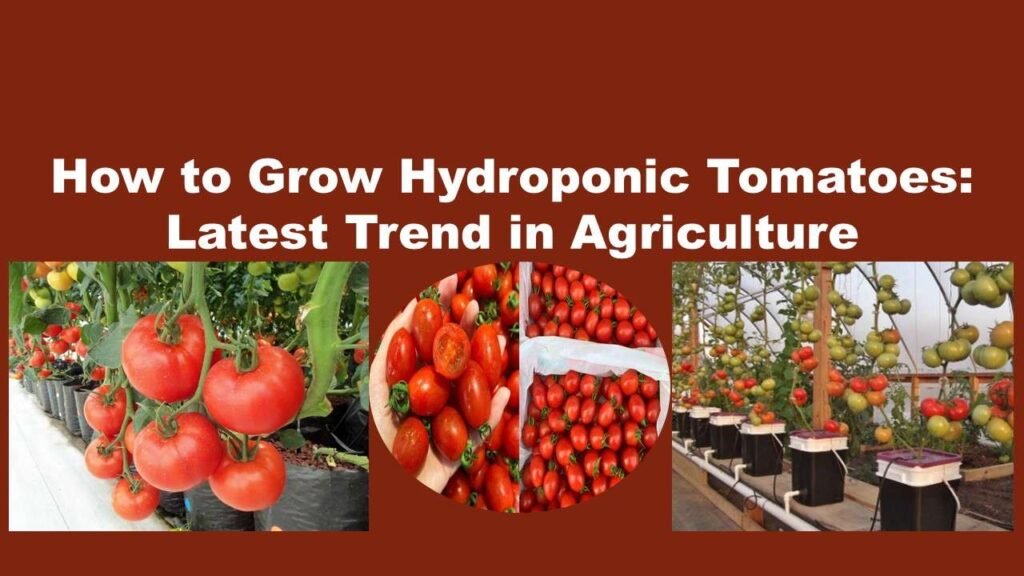Stages of Growing Cucumbers: A Detailed Lifecycle
The stages of growing cucumber means the lifecycle of it. What comes to our mind when we think of a cucumber plant? It would be like it is a creeping plant mainly raised for its edible fruit. Also, a vine in nature has different growth stages that it passes from. The stage of growing cucumber goes straight from the germination phase to a good harvest phase. Cucumbers have the greatest economic significance due to their usage in salads, sandwiches, and hair care products too, owing to their high water percentage. Also, it helps a person to stay hydrated as it is made up of 90 % water.
The large leaves, the climbing stem that has curly tendrils for support, and the bright yellow flowers that produce long, green fruit with tapered ends are the characteristics of the cucumber plant. There are a variety of cucumbers when it comes to their culinary uses like slicing cucumbers, pickling cucumbers, gherkin, and burpless. Many varieties of cucumber take around 50-70 days to harvest from the day the grower sown the seed.
During this period i.e., from seed to maturity and then harvesting, there are several stages of growing cucumbers or that a cucumber plant goes through. So, in this article, we will get to know some facts regarding cucumber plus those stages that further depend upon the variety the grower chooses to cultivate.
Stages of Growing Cucumbers: A Beautiful Voyage
The expedition of cucumber plants from a tiny seed to a full-grown healthy plant to be filled with fresh fruits is divided into several stages of growing cucumbers or plant growth, each with its specific requirements and challenges. Detailed information on all these stages of growing cucumbers is given below:
Stage 1- The Germination Stage

The cucumber plant starts its life with the germination of the seeds. Sow the seeds about half inches down in the soil and then wait for their germination. It will take around 3 to 10 days to complete the germination phase, depending on the soil temperature and moisture level. There should be a warm and moist environment for the seeds to germinate.
Stage 2- The Seedling Stage
After the germination phase, young seedlings move out from the soil to debut. This stage is very susceptible to harsh environments and requires favorable conditions. The stages of growing cucumbers require adequate light, water, and temperature for healthy produce. This stage generally ends in 3-4 weeks during which the plants attain some independence. In the Stages of growing cucumbers, this sub-stage has become more important concerning healthy growth.
Stage 3- The Vegetative Phase
At this stage of growing cucumbers, there is an appearance of first true leaves. This is the most critical growth stage as the plant is ready for a new juncture i.e., Photosynthesis. The leaves are now ready to hold light and nutrients, giving more energy to the growing cucumber. Cucumber plants love to climb and sprawl which is the general nature of all vine plants. This vine formation begins at the maturation period of the plant. At this time only, trellises and stakes should be introduced to provide support to the growing vines and to maximize the vertical space.
This stage of vine development is crucial for the development of the fruit and will need consistent attention and maintenance.
Stage 4- The Floral Phase
Under the stages of growing cucumbers, here comes the following sub-stages which are:
1. Formation of the First Flowers:
Before the formation of cucumber fruits, flower formation occurs. The initial flowers that were developed are male and so will not produce fruit. The main part of these flowers is to fascinate pollinators in the plant. Generally, it is the plant’s style of inviting to dinner.
2. Development of Male and Female Flowers:

Cucumber plants are known for producing both male and female flowers. Generally, the first ones that appear are male flowers which are more in number followed by the formation of female flowers with a miniature cucumber-shaped ovary attached to their base, which will eventually develop into a cucumber fruit. This remembrance of the flowers is essential as sometimes the grower needs to hand-pollinate the female flowers to increase the yield.
3. Pollination Requirement:

This stages of growing cucumbers plays an important role in developing healthy and big-size cucumbers. The pollination is carried out by insects, especially bees, that transfer the pollen from male to female flowers. With improper pollination, the fruit obtained would be incomplete.
Stage 5- The Fruit Formation Phase
This stage is again subdivided into 2 stages that are:

1. Formation of Tiny Cucumbers:
This stage comes after the pollination has occurred successfully in cucumber plants. Now, small cucumbers have started to form that is similar to the size of a small grape. This is the rewarding phase for a grower as his/her efforts in understanding the stages of growing cucumbers paid off with a good sight of fruits.
2. Nourishment Phase:
This phase is related to fulfilling the nourishment of the above-formed baby cucumbers that will develop into full-size cucumber fruit. Proper fertilization and irrigation are the key factors that play a role here. Any lack of nutrients will lead to stunted growth, nutrient imbalance, and water stress that eventually affect the quality and yield of growing cucumbers.
Stage 6- The Harvest Phase
Before the harvest phase, the pre-harvest phase occurs, during which keen observation is necessary so that the grower won’t harvest the fruit early which results in bitter fruit. The usual thumb rule for harvesting cucumber fruit is when it is uniformly green in color, crisp, and firm in appearance. One should not delay the harvesting as it will result in seed maturation and degradation of the taste. The above-mentioned covers the stages of growing cucumbers. The grower should have detailed knowledge of all these stages of growing cucumbers so that he can obtain a happy harvest.
Nutritional Aspects of Cucumber
Along with the coolness, cucumbers are a good source of phytonutrients like flavonoids, lignans, and triterpenes that provide anti-inflammatory, anti-cancer, and anti-aging benefits. They are low in carbohydrates, sodium, fats, and cholesterol naturally. Per 100 g of cucumber serves the following nutrition:
| Calories | 15 kcal |
| Total carbohydrates | 3.6 g |
| Dietary fibers | 0.5 g |
| Sugars | 1.7 g |
| Total fats | 0.1 g |
| Protein | 0.7 g |
| Vitamin A | 105 IU |
| Vitamin C | 2.8 mg |
| Vitamin K | 16.4 μg |
| Calcium | 16 mg |
| Magnesium | 13 mg |
| Phosphorus | 24 mg |
Growing Cucumbers Hydroponically: Stages of Growing Cucumbers
To raise hydroponic cucumbers, growers should make a unique set of practices and considerations to confirm healthy growth and increased yields. Through this technique also, the stages of growing cucumbers will more or less remain the same. The steps to navigate are given as
1. Transplanting Cucumber-
Transplanting of cucumber plants should be done to 4-5 weeks seedlings with 3 or more true leaves so that the disturbance to roots is less. During transplanting, care should be taken in submerging the roots properly into the nutrient solution and the young plants are stably placed onto it.
2. Pruning Required-
Maintain the regular pruning of the hydroponic cucumbers by removing the lateral shoots or any dead leaves so that vertical growth and air circulation are increased. The grower should focus on one or two main stems and prune to refine the fruit production and plant health.
3. Pollination-
In cucumber hydroponic raising, pollination is an important aspect, where the presence of natural pollinators like bees is not there. For producing the fruit, the grower should consider manual pollination by gently transferring the pollen from male flowers to female flowers with the help of a small brush or by slightly shaking the plants. Female flowers are recognized by small, immature cucumbers at their base while males have slender stalks.
4. Protection from Diseases-
To prevent the infestation of diseases, it is essential to maintain a clean system, monitor humidity levels, and ensure proper circulation. The use of disease-resistant varieties and avoiding overhead watering helps to lessen the risk of fungal diseases.
5. Supporting Plants-
Being a vine plant, cucumber requires firm and sturdy structures or stakes for support. Train the plants often, so that they can easily climb these stakes for their upright growth, good air circulation, and ease of harvesting.
6. Managing the Pests-
To avoid the incidence of pests like aphids, spider mites, and white flies, regular inspection is necessary for the region where hydroponic cucumbers have grown. The grower can utilize environment-friendly pest control methods like the use of beneficial insects, insecticidal soaps, or neem oil as a deterrence.
7. Harvesting-
Generally, the cucumbers are harvested when they reach 12- 14 inches long, depending on the cultivar used. Harvesting should be done frequently to avoid excessive crop loads and increased fruit development.
Common Challenges in Stages of Growing Cucumbers:
Pests and diseases are common problems in the stages of growing cucumbers. This can range from aphids to cucumber beetles that are known to cause severe damage to the crop. Identifying the pest/diseases at early stages can help to avoid damage to the crop. For pest control, one can use organic or chemical pesticides for good produce. The common diseases that a cucumber plant is susceptible to include powdery mildew and bacterial wilt. The early treatment of these diseases is mandatory to avoid potential crop failure.
Inconsistent Watering-
Cucumber plants are considered Goldilocks in terms of water consumption because they prefer water just in the correct amount, neither too much nor too little. A regular watering schedule is necessary for the proper growth and happy cucumbers.
Abiotic Factors-
Factors like temperature and uneven rainfall also play a vital role in hindering the growth of cucumber fruits. Greenhouses or shade nets can control these adversities to some extent.
Summing Up-
From the above article, we learn about the stages of growing cucumbers, from its germinating stage to a good harvest. The grower should know all these stages of growing cucumbers in detail to avoid any problems. To promote continuous growth and good productivity, the main focus should be on maintaining nutrients and light requirements. Also, regular monitoring of the plant’s health for pests and diseases helps to avoid a big loss.
Join Our Hydroponics Growers Group!
Connect with fellow hydroponics enthusiasts, share your ideas, ask questions, and grow together as a community.
👉 Join WhatsApp Group



